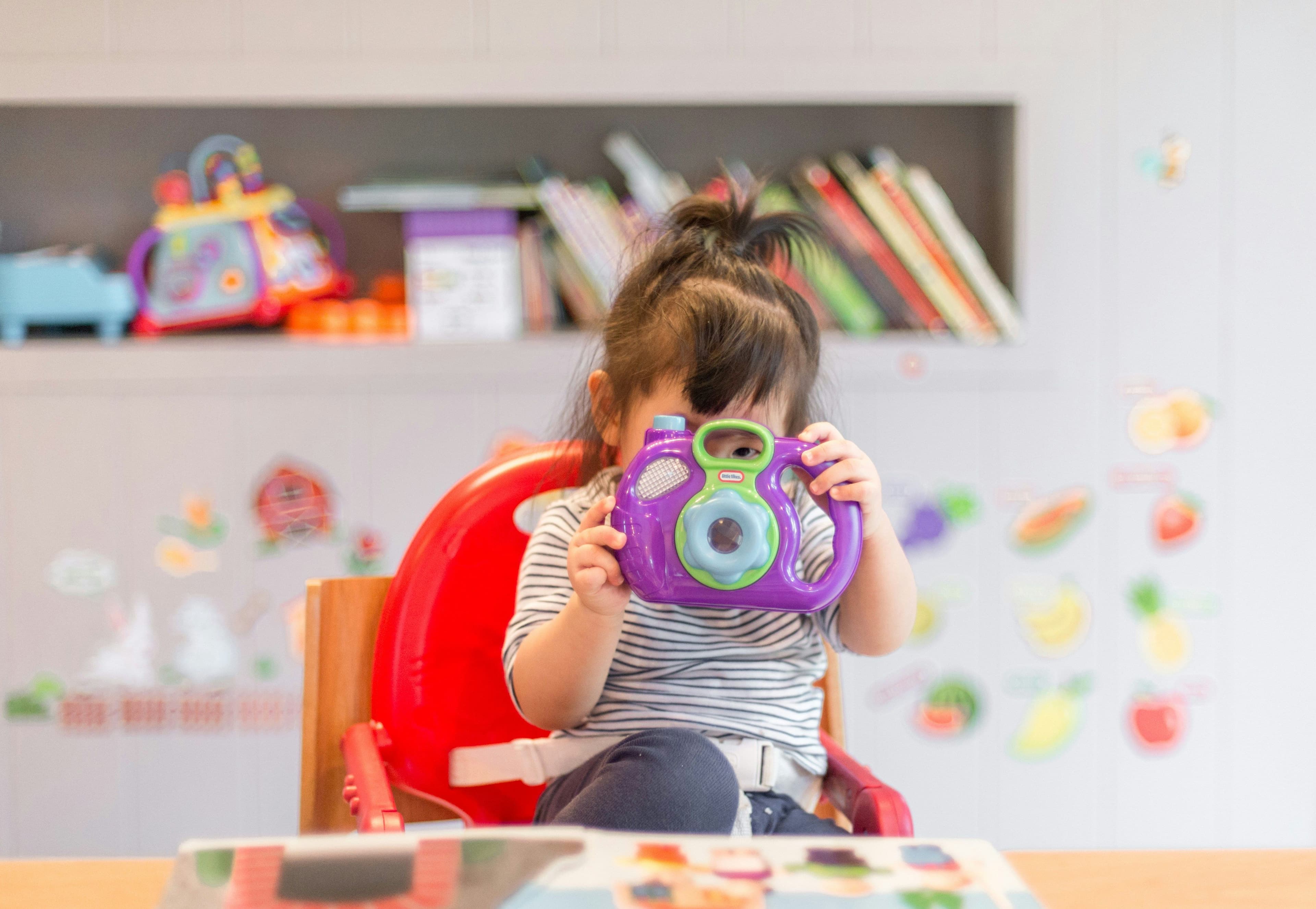5 Everyday Items to Boost Language Development Through Play
February 15, 2025

Play is a powerful tool for learning, especially when it comes to language development. Children learn best through engaging, hands-on experiences, and everyday items can be fantastic resources for boosting their language skills. Here are five common items you can use to encourage language development through play:
1. Books
Books are one of the best tools for promoting language development. Reading aloud to your child introduces them to new vocabulary, concepts, and storytelling structures. Consider incorporating stories or picture books that reflect diverse cultures and environments. Encourage interactive reading by asking questions about the story, predicting what might happen next, and discussing the beautiful illustrations. Creating a cosy reading nook with a variety of books can make reading a fun part of your daily routine.
2. Blocks or Building Toys
Blocks and building toys, like LEGO or wooden blocks, are fantastic for developing fine motor skills and encouraging language growth. As your child builds, encourage them to describe what they’re creating. Ask open-ended questions like, “What will you build next?” or “Can you tell me about your tower?” This promotes vocabulary use and encourages them to express their thoughts and ideas, all while enhancing their spatial awareness.
3. Art Supplies
Crayons, pencils, paper, and other art supplies can spark creativity and language use. When your child draws or crafts, encourage them to talk about their artwork. Ask questions about colours, shapes, and the story behind their creation. Using themed art projects, like drawing animals or landscapes, can also foster discussions about the environment and culture, helping them practise storytelling and narrative skills.
4. Kitchen Items
The kitchen is a treasure trove of items that can boost language development. Use measuring cups, spoons, and various ingredients to engage your child in cooking or baking activities, perhaps whipping up a classic treat. Talk about the different items, their textures, and how they’re used in recipes. Encourage your child to follow simple instructions, describe the process, and even name the ingredients as they help prepare a meal, creating a rich sensory experience.
5. Everyday Objects for Role Play
Everyday objects like empty boxes, old clothes, or toy phones can spark imaginative play. Create a pretend café, shop, or doctor’s surgery using these items. As your child engages in role play, encourage them to use language relevant to the scenario. Ask them to take orders, describe items, or negotiate prices. This kind of imaginative play is fantastic for developing conversational skills and vocabulary, while also allowing them to explore different roles in a fun way.
Making Language Learning Fun
Incorporating these everyday items into playtime can make language development an enjoyable and natural part of your child’s day. By creating opportunities for conversation and encouraging your child to express themselves, you’ll help them build essential language skills that will serve them well as they grow.
Remember, the key is to be engaged and responsive. Celebrate your child’s efforts and creativity, and provide plenty of praise and encouragement. With these simple strategies, you can turn ordinary moments into extraordinary opportunities for language learning!
1. Books
Books are one of the best tools for promoting language development. Reading aloud to your child introduces them to new vocabulary, concepts, and storytelling structures. Consider incorporating stories or picture books that reflect diverse cultures and environments. Encourage interactive reading by asking questions about the story, predicting what might happen next, and discussing the beautiful illustrations. Creating a cosy reading nook with a variety of books can make reading a fun part of your daily routine.
2. Blocks or Building Toys
Blocks and building toys, like LEGO or wooden blocks, are fantastic for developing fine motor skills and encouraging language growth. As your child builds, encourage them to describe what they’re creating. Ask open-ended questions like, “What will you build next?” or “Can you tell me about your tower?” This promotes vocabulary use and encourages them to express their thoughts and ideas, all while enhancing their spatial awareness.
3. Art Supplies
Crayons, pencils, paper, and other art supplies can spark creativity and language use. When your child draws or crafts, encourage them to talk about their artwork. Ask questions about colours, shapes, and the story behind their creation. Using themed art projects, like drawing animals or landscapes, can also foster discussions about the environment and culture, helping them practise storytelling and narrative skills.
4. Kitchen Items
The kitchen is a treasure trove of items that can boost language development. Use measuring cups, spoons, and various ingredients to engage your child in cooking or baking activities, perhaps whipping up a classic treat. Talk about the different items, their textures, and how they’re used in recipes. Encourage your child to follow simple instructions, describe the process, and even name the ingredients as they help prepare a meal, creating a rich sensory experience.
5. Everyday Objects for Role Play
Everyday objects like empty boxes, old clothes, or toy phones can spark imaginative play. Create a pretend café, shop, or doctor’s surgery using these items. As your child engages in role play, encourage them to use language relevant to the scenario. Ask them to take orders, describe items, or negotiate prices. This kind of imaginative play is fantastic for developing conversational skills and vocabulary, while also allowing them to explore different roles in a fun way.
Making Language Learning Fun
Incorporating these everyday items into playtime can make language development an enjoyable and natural part of your child’s day. By creating opportunities for conversation and encouraging your child to express themselves, you’ll help them build essential language skills that will serve them well as they grow.
Remember, the key is to be engaged and responsive. Celebrate your child’s efforts and creativity, and provide plenty of praise and encouragement. With these simple strategies, you can turn ordinary moments into extraordinary opportunities for language learning!
